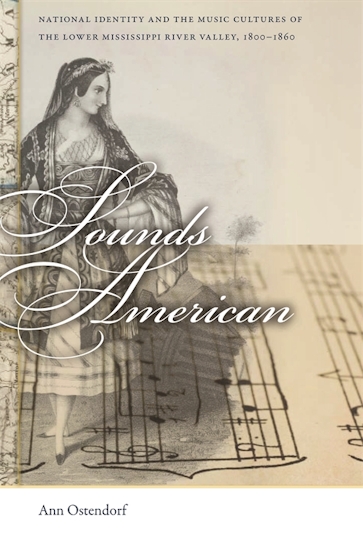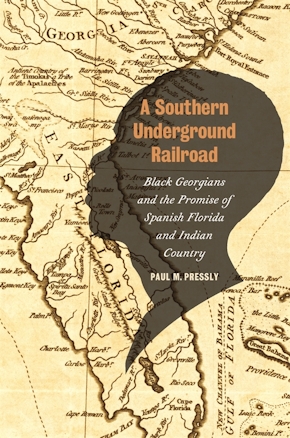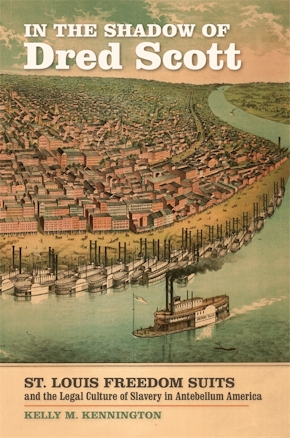Sounds American
National Identity and the Music Cultures of the Lower Mississippi River Valley, 1800-1860
Title Details
Pages: 272
Illustrations: 8 b&w photos
Trim size: 6.000in x 9.000in
Formats
Paperback
Pub Date: 09/15/2011
ISBN: 9-780-8203-3976-4
List Price: $34.95
Hardcover
Pub Date: 09/15/2011
ISBN: 9-780-8203-3975-7
List Price: $120.95
eBook
Pub Date: 09/15/2011
ISBN: 9-780-8203-4136-1
List Price: $34.95
Series
Subsidies and Partnerships
Published with the generous support of Andrew W. Mellon Foundation
Sounds American
National Identity and the Music Cultures of the Lower Mississippi River Valley, 1800-1860
Skip to
- Description
- Reviews
Sounds American provides new perspectives on the relationship between nationalism and cultural production by examining how Americans grappled with musical diversity in the early national and antebellum eras.
During this period a resounding call to create a distinctively American music culture emerged as a way to bind together the varied, changing, and uncertain components of the new nation. This played out with particular intensity in the lower Mississippi River valley, and New Orleans especially. Ann Ostendorf argues that this region, often considered an exception to the nation—with its distance from the center of power, its non-British colonial past, and its varied population—actually shared characteristics of many other places eventually incorporated into the country, thus making it a useful case study for the creation of American culture.
Ostendorf conjures the territory’s phenomenally diverse “music ways” including grand operas and balls, performances by church choirs and militia bands, and itinerant violin instructors. Music was often associated with “foreigners,” in particular Germans, French, Irish, and Africans. For these outsiders, music helped preserve collective identity. But for critics concerned with developing a national culture, this multitude of influences presented a dilemma that led to an obsessive categorization of music with racial, ethnic, or national markers. Ultimately, the shared experience of categorizing difference and consuming this music became a unifying national phenomenon. Experiencing the unknown became a shared part of the American experience.
Sounds American is an excellent study of the role of music in the formation of national identity on the southern borderlands in the early nineteenth century. I thoroughly enjoyed reading this book, and predict that it will interest a wide range of cultural historians of early America.
—Andrew McMichael, author of Atlantic Loyalties: Americans in Spanish West Florida, 1785-1810
A much needed and deeply researched book. Ostendorf's valuable study adds much to our understanding of the role music played in regional and national formation.
—Jeffrey H. Richards, author ofDrama, Theatre, and Identity in the American New Republic
Sounds American offers an insightful examination of the musically diverse landscape of the early nineteenth century and raises intriguing questions that will likely inspire further research into the role of musical culture in shaping conceptions of race, ethnicity, and national identity.
—Sandra M. Frank, Journal of Southern History



